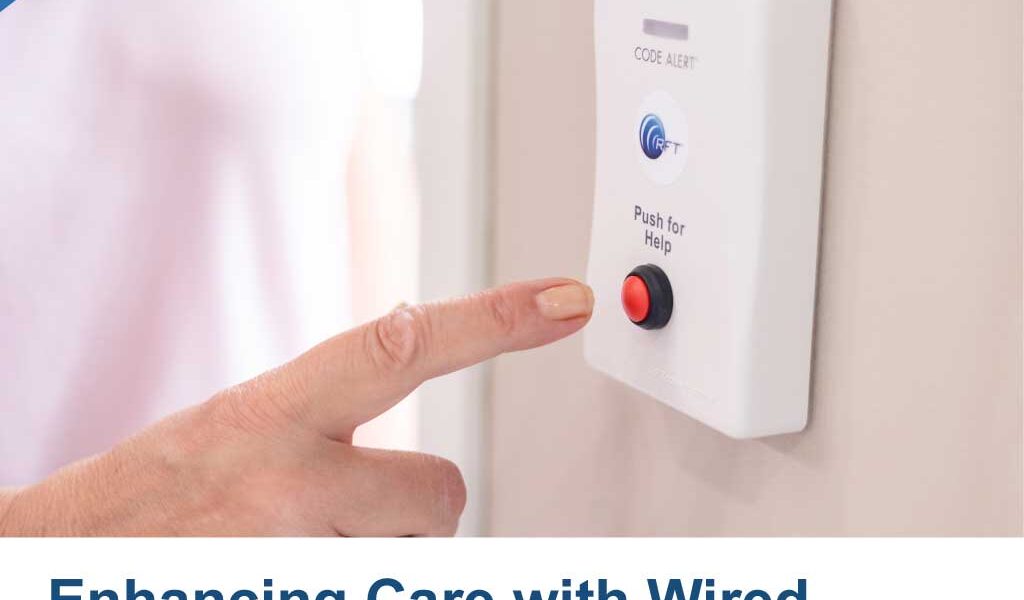Navigating the Staffing Crisis:
New data supports how tech can ease the burden
Navigating the staffing crisis can be a real challenge. In this blog you will learn about the problems that this can present and how to develop a plan to tackle it.
It’s no secret that the caregiver shortage is a serious issue that needs to be addressed. What may not be as clear, however, is how technology can help ease this burden. We’ve seen some major strides in recent years toward making the transition from traditional staffing models to ones that rely heavily on digital tools for crisis management and caregiver response—in particular, solutions designed for long-term care and senior living residences.
In this post, we’ll explore how technology can help address the staffing crisis and where it fits into a larger strategy for solving this problem.
A Sense of Urgency
The staffing crisis is real. There are not enough caregivers to fill the gap – the need for senior living caregivers is increasing, yet the supply of caregivers isn’t keeping up.
More organizations are turning to technology to solve this problem. Monitoring devices like wander management, nurse call, and fall detection can help. Clinical education is also a way to improve caregiver retention.
Strategy and Planning
As you try to navigate the staffing crisis, it’s helpful to think of your goals in three terms:
1) Understanding
2) Defining
3) Implementing
Understanding the Staffing Crisis
To begin with, you need to understand the problem. What is causing it? Who are your residents and staff and what does their experience look like? What are their needs or expectations? What are your caregivers’ needs or expectations? How can technology help solve this problem?
Defining Goals
Next up is defining your goal—what do we want our caregivers’ experience to be like once they enter a facility that has been transformed by technology? This could include anything from an increase in care time from reduced paperwork through digital channels (e.g., via reporting dashboards), more efficient use of time by employees as well as better resident outcomes due to automation of notifications (e.g., near immediate fall response using a detection system).
Implementing Staffing Crisis Reduction Strategies
Once you have a good understanding of the causes and have goals determined, implementing strategies to tackle the situation are key. Because you have done your proper due diligence, strategies are well-informed and likely to generate progress.

Taking Action
To address this staffing crisis, senior care, and long-term care facilities must take action. What are some of the most effective ways to address the staffing crisis? How can technology help address the staffing crisis? How can senior care residences use technology to address the staffing crisis?
The Way Forward
The senior care staffing crisis is not going away. Technology addresses and solves this problem.
One of the most effective ways for technology to ease the burden on senior living facilities is by improving care through automated alerts. The more that caregiving staff can be freed up from mundane tasks so they can focus on caring for residents, the better a residence will run overall. Automation also reduces errors, which means fewer incidents that could result in lawsuits against a senior living or nursing home.
More organizations are addressing the staffing crisis with technology, and that’s good news for senior living facilities and organizations.
You’ve probably read about the staffing crisis in senior living facilities and organizations. A report from the U.S. Department of Health and Human Services shows that demand for senior housing has increased by 20 percent since 2000, but supply hasn’t kept pace. And demand is expected to continue to increase. That’s why it’s especially good news that more organizations are addressing the staffing crisis with technology—and bringing on board capable caregivers faster than before.
The benefits are clear: tech can help seniors stay independent longer and continue to enjoy quality of life, while making it easier for them to receive help when they need it most. It also equips senior care facilities with solutions that deliver better care faster, reducing response times, and predicting events before they happen.
Passive devices, like a fall detection solution, can help protect residents, preserve privacy, and reduce reliance on staff.
Solving the Staffing Crisis
With the national staffing crisis rippling across our senior care systems, it’s imperative that we find solutions quickly. Keeping this in mind, technology can help us solve this problem by solving some of our staffing needs. This enables us to provide better care for residents and creates a well-equipped care staff overall.




